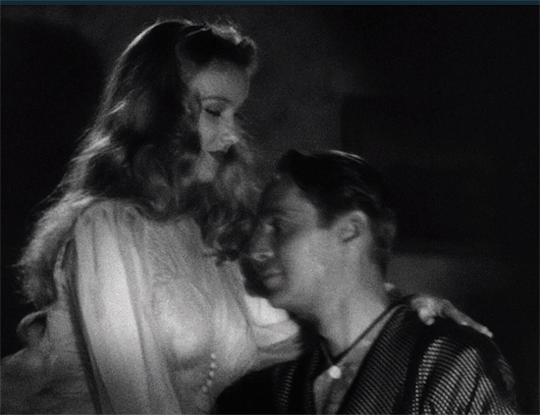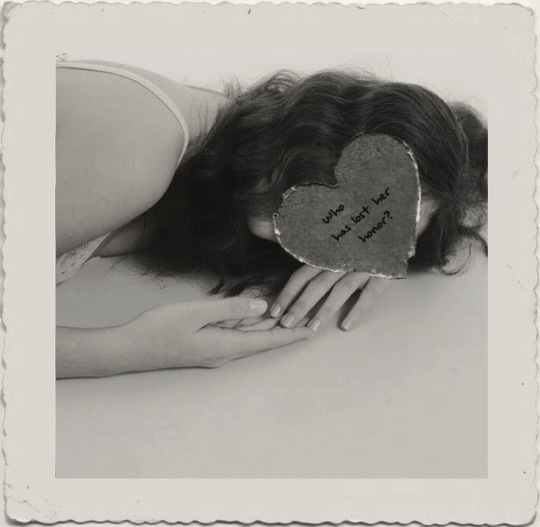Text
Although one finds it difficult to imagine Cleopatra afflicted with jealousy (the notion is ludicrous, rather like imagining her laid up with migraine on that perfumed barge, equipped with Fiorinal and an ice bag), she wanted to know the height of Antony's bride, to know the colour of her hair - betraying her vulnerability even as most of us have done. Imagine anyone who has not known jealousy. "He had betrayed me and wanted to shame me besides," cried Iseult the Fair (quite unfairly) of her doggedly faithful Tristan; "I may never believe you," said Guinevere, although the facts belied her, to Launcelot. A few centuries later, Emma Bovary would insist hysterically that "there are more beautiful women, but I know how to love better."
What each of them has suffered is not, no matter what the love songs say, jealousy. They have suffered instead the inability to cope with jealousy, the incapacity to control an impulse common to us all. The love-death is literary convention, a delusion of courtly love, and few die of jealousy. Anna Karenina, but there you are.
Because extraordinary beauty or intelligence or success in anyone, however deserving, presents a subtle threat to our self-esteem, we love best those possessed of some fatal flaw, some saving evidence of their own mortality. Few could be jealous of Elizabeth Taylor's beauty when she was ill: few could fail to see the ritual logic in Marilyn Monroe's inability to find the bluebird. Our favourite stories prove again that man was driven out of Eden: consider Scott and Zelda Fitzgerald, Charles Lindbergh, the Titanic.
Jealousy is commonly harboured for people one does not know: for the golden girl, the apparently totally blessed. To cure that jealousy is to see it for what it is, a dissatisfaction with self, an impossible claim that one should be at once Rose Bowl princess, mediaeval scholar, Saint Joan, Milly Theale, Eleanor of Aquitaine, one's sister, and a stranger in a pink hat seen once and admired on the corner of 55th and Madison.
Joan Didion, “Jealousy: Is It a Curable Illness?” (Vogue, June 1961)
139 notes
·
View notes
Text
Her fate was sealed. She had fallen into deep, seraphic love again.
Victor Hugo, Les Misérables (1862)
300 notes
·
View notes
Text





classic film + parties SO THIS IS LOVE (1928) DISHONORED (1931) I'LL BE SEEING YOU (1944) NOTHING SACRED (1937) AFTER THE THIN MAN (1936)
179 notes
·
View notes
Text


Audrey Hepburn and Mel Ferrer in Mayerling, 1957
"She seemed so terribly different and very angelic and very ethereal, like some kind of fairy book person." - Harry Belafonte
"Her life really is like a fairy tale because fairy tales are not just about good stuff. There are terrible things that happen on the way." - Sean Hepburn Ferrer
252 notes
·
View notes
Text


Veronica Lake and Franchot Tone in The Hour Before the Dawn (1944)
1K notes
·
View notes
Text




The biggest physical adjustment was the constraints of the costumes. [Janie Bryant] favored doll-like pastels that spoke to Betty's desire to maintain perfection, and the undergarments and girdles forced a certain posture and even gait that was uncomfortable at first but also lent an amazing detail to the character. It turned how tied-in and implosive Betty was into a literal fact. - January Jones
961 notes
·
View notes
Note
Please don’t delete this blog :(
No worries! I'm going to keep it up, and I'll still pop in occasionally. :)
12 notes
·
View notes
Text
fresh start!
You are all cordially invited to come follow my new Tumblr if you are so inclined —
frivolette.tumblr.com
I've just christened it with Turgenev, which is how you know it's really me 🩷
20 notes
·
View notes
Text
https://www.instagram.com/pipandestella
I'll still pop in here from time to time, but I'm mostly on Instagram now talking about books and movies. Come say hi! 👋🏻
19 notes
·
View notes
Text


Christian Dior ‘Flamant Rose’ gown from Spring/Summer 1948, Envol collection.
1K notes
·
View notes
Text


VANINA VANINI, stendhal My fate shall be to flinch from nothing.
#on a scale of vanina to contessa livia how badly did you betray your man today?#vanina vanini#stendhal#literature#bookedit#*
155 notes
·
View notes
Text
Don’t you ever dream about me?
Ernest Hemingway, Across the River and into the Trees (1950)
#v. curious to see how this translates to the screen#the girl playing renata is 28 (!) so who knows where they're going with it#28 is not old in Human Years but very old indeed in Renata Years#ernest hemingway#across the river and into the trees#literature
300 notes
·
View notes
Text

More coveted than any [girl] was Jean Shrimpton who, with her Pekinese features, could well have been tied up in ribbons, placed on a swing and told to sing 'Swing High, Swing Low' from Véronique. Miss Shrimpton's appeal is not so much in her baby-blue eyes, cleft underlip and cosy round cheeks but in the length of her extremities, and the underwater manner in which she wields them. But it was bright-eyed Bailey who realised that by wearing Levis and jackboots, and clothes that militate against her sweet-briar appearance, 'the Shrimp' can belong to the contemporary scene. - Cecil Beaton, 1967
152 notes
·
View notes
Text

Rose Desgranges "La Rose Du Faubourg" Candle
#paris my beloathed#but the perfumes and candles i return home with every time are worth it#so merci et bonne nuit!#(it's 7:14 here so i should probably say bonne soirée but i am fading fast lmao)#silly & frilly things
55 notes
·
View notes
Text

Models in Ponytails. Photographed by Martha Holmes, 1950s.
385 notes
·
View notes
Text
His gloved right hand was on her waist, their outstretched arms were interlaced, their eyes were gazing into each other's. The black of his tailcoat and the pink swirl of her dress combined, forming a kind of strange jewel. They were the most moving sight there, two young people in love dancing together, blind to each other's defects, deaf to the warnings of fate, deluding themselves that the whole course of their lives would be as smooth as the ballroom floor, unknowing actors made to play the parts of Juliet and Romeo by a director who had concealed the fact that tomb and poison were already in the script.
Giuseppe Di Lampedusa, The Leopard (1958)
#this book is so close to my heart always - even better than the film i think#if tomasi can wait his entire life before writing a single word of his masterpiece then you can send that email!#the leopard#giuseppe di lampedusa#literature
109 notes
·
View notes



